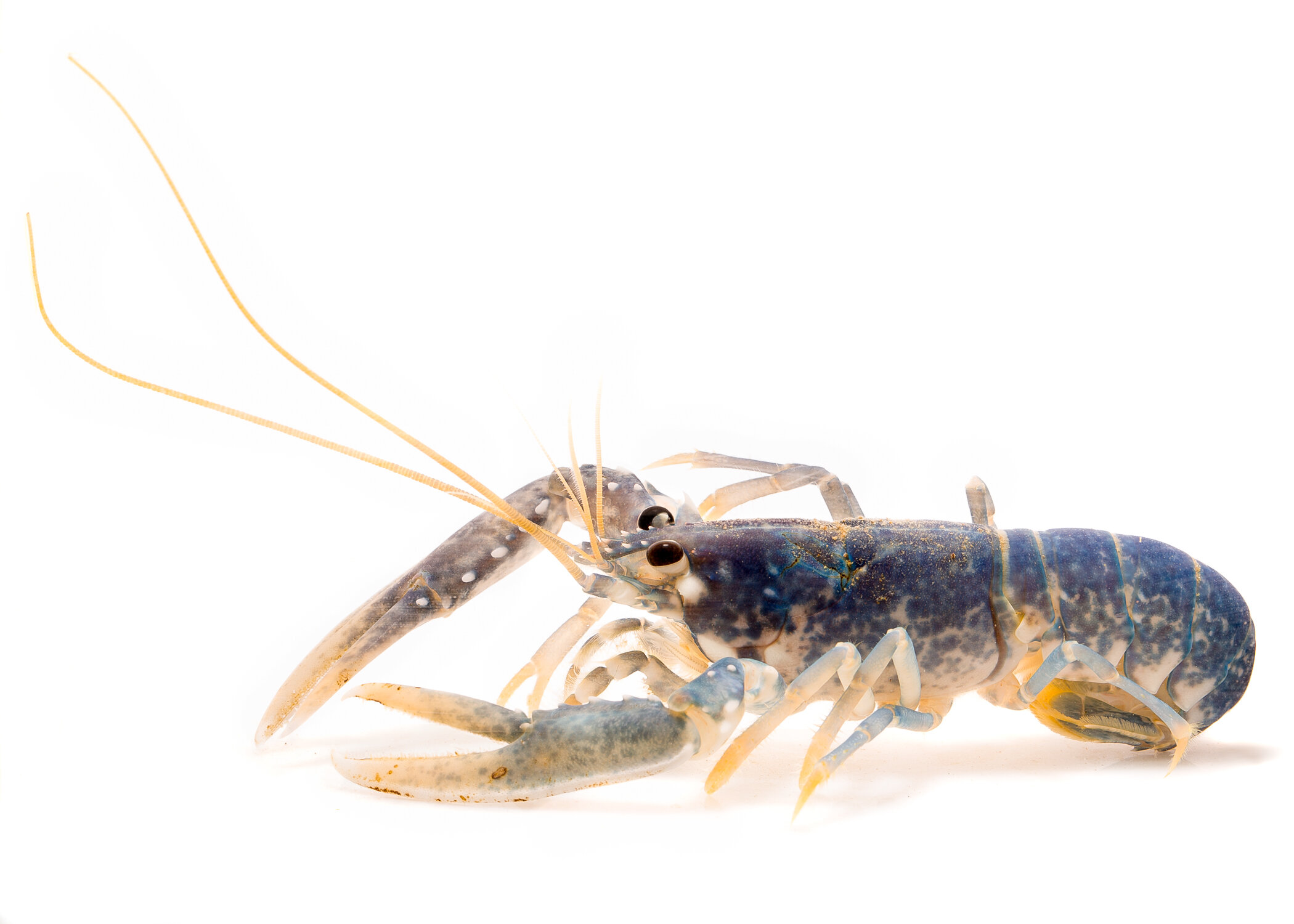
Researchers at the University of East Anglia have discovered a method to determine the age of lobsters based on their DNA. Credit: University of East Anglia, Dr Martin Taylor
Researchers at the University of East Anglia have discovered a method to determine the age of lobsters based on their DNA.
Lobsters can be difficult to age. Experts have suggested that lobsters could live up to 100 years on the ocean floor.
A new DNA-based technique, developed by the UEA and the Centre for Environment, Fisheries and Aquaculture Science, (CEFAS), and the National Lobster Hatchery, could be used to manage lobster fisheries better and more sustainably.
Dr. Martin Taylor, UEA's School of Biological Sciences' scientist in charge, stated that "up until now, a lobster’s age was usually estimated using its size but this is inaccurate because individual lobsters grow at their own rates.
"It was not possible to accurately determine the age of lobsters for a long period of time. Research suggests that you can tell a lobster's age by counting the rings on their stomachs. This is similar to counting tree rings. However, you cannot do this for a live lobster.
Dr. Eleanor Fairfield's Ph.D. research led the discovery. She said, "Lobsters have hard shells that are inelastic and must be shed to make room for a new shell. But lobsters of the same age may not grow and moult simultaneously. It is difficult to determine how old lobsters are if they have more food or live in warmer waters.
"It is vital to be able estimate the number of lobsters of particular ages present in a given region so they can be sustainably caught.
"We developed a non-lethal method to determine the age of European lobsters. This could have a better impact on lobster fisheries management. Because it is both economically and ecologically important, the European lobster was a great species to study.
Researchers used a method to quantify DNA changes in lobsters as they age. Researchers were able to calibrate their methods by using lobsters that had been raised from eggs at the National Lobster Hatchery.
Dr. Taylor stated that there was a strong correlation between age and DNA modification, which enabled us to accurately determine the ages of individual lobsters.
"Applying this method for wild lobsters predicted ages which generally aligned to minimum age estimates based on size.
He said, "Our method is very promising as a tool to improve management of European lobsters where information about the age-structure and stocks are currently lacking."
Dr. Carly Daniels is the head of production science at the National Lobster Hatchery. She stated: "Having an accurate indication about lobster age will help fisheries scientists and conservationists to understand, manage, and conserve our vulnerable lobster stock, working hand in hand with proactive fisheries management strategies such as stock enhancement."
Further exploration of Lobster fertility in Scotland under the microscope
More information: Eleanor A. Fairfield and colleagues, Ageing European lobsters(Homarus Gammarus) using DNA methylation. Evolutionary Applications (2021). Eleanor A. Fairfield and colleagues, Ageing European lobsters(Homarus Gammarus) using DNA methylation. (2021). DOI: 10.111/eva.13296
